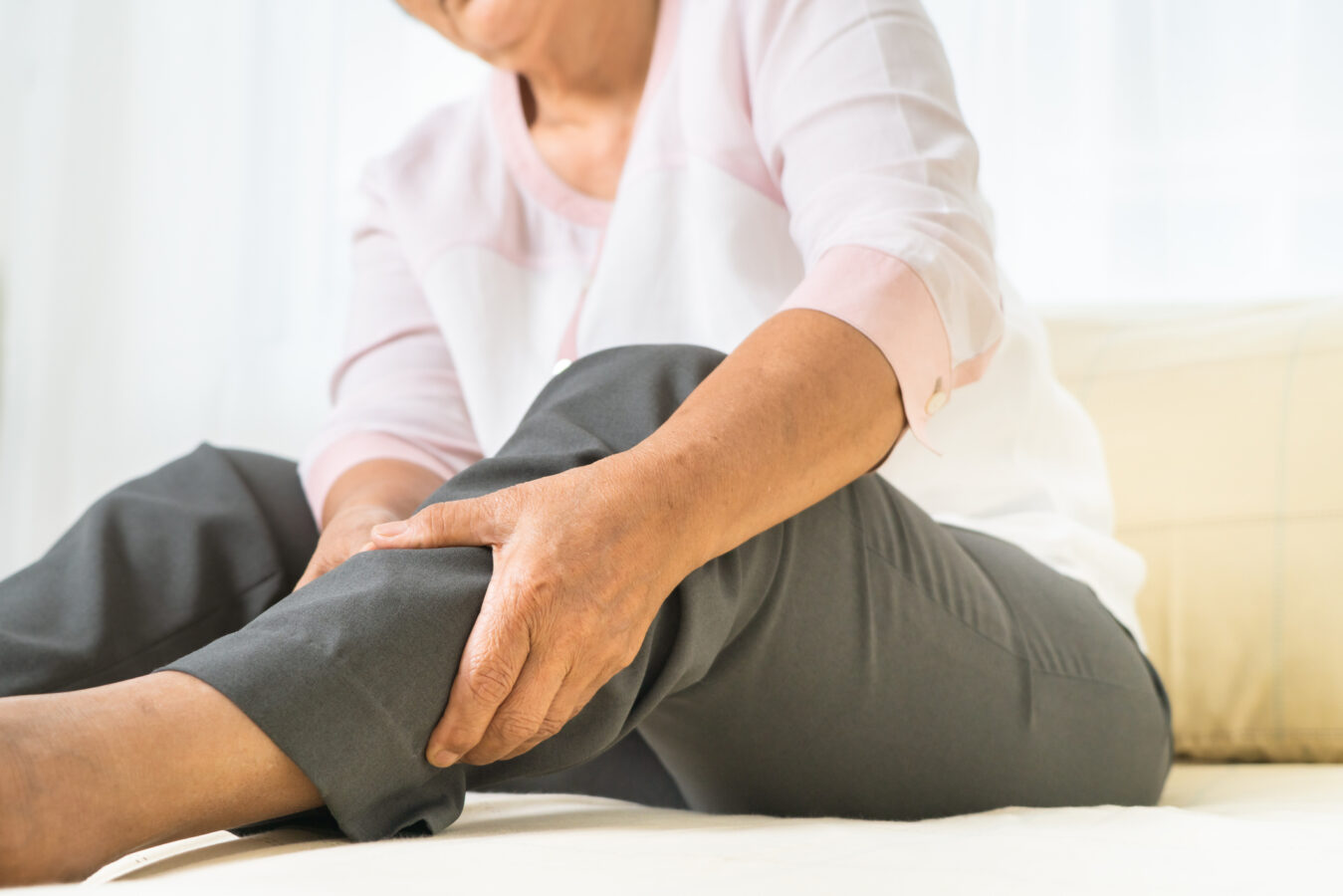
You have probably experienced a muscle spasm or “charley horse” at some time. Muscle cramps or contractions can last anywhere from a few seconds to several minutes and have a variety of causes. They come on suddenly and often subside on their own. If they become frequent or intense enough, muscle cramps can affect a person’s ability to perform simple tasks or get a restful night’s sleep. Muscle cramping throughout the body can affect your workout and athletic performance as well. In this article, we will explore muscle cramp causes, treatment, and prevention.
The National Library of Medicine defines muscle cramps as, “continuous, involuntary, painful, and localized contractions of an entire muscle group, individual single muscle, or select muscle fibers.” Sixty percent of adults experience occasional muscle cramps.
Although muscle cramps are quite common, their actual cause is not fully understood. In the absence of experimental evidence, theories on why they happen remain anecdotal and observed. We do, however, know where they occur most often: in multi-joint muscles (typically the calf, quadricep, and hamstring) when they contract in an already shortened state.
Some conditions linked to muscle cramps involve the entire body, while others are local to a specific muscle or muscle group
• Dehydration
• Electrolyte imbalance
• Exertion in hot/humid environments
• Extreme fatigue
• Holding a position for a prolonged period of time
• Inadequate blood supply
• Mineral depletion
• Muscle overuse/overload
• Muscle strain
• Nerve compression
• Neuromuscular causes
• Poor conditioning
• Significant sweating
Let us briefly explore the role electrolytes play in muscle function. Electrolytes are minerals in the blood and other bodily fluids that carry an electric charge. Calcium, magnesium, sodium, and potassium are examples of electrolytes. These vital minerals affect certain body functions including the levels of water in the body and how the muscles contract and decrease tension.
An imbalance in electrolyte levels is associated with muscle cramps. We lose electrolytes through sweating and can replenish them by drinking fluids and consuming foods that contain them. Coconut water, milk, almonds, spinach, and kale are just a few of the many foods and drinks that contain electrolytes.
Athletes who participate in endurance sports like running, swimming, cycling, and rowing seem to be more prone to muscle cramps. One research study found 67% of triathletes and 18-70% of marathoners or endurance cyclists experienced exercise-related muscle cramps during or after training or racing. Although these athletes showed no predictable pattern of muscle cramping and activity, researchers believe they are connected to electrolyte imbalance and dehydration.
Not all muscle contractions occur from intense physical exertion. Muscle cramping can happen through repetitive, small muscle group activities like typing, writing, or pressing buttons. Why these happens is unclear, but it’s believed to be related to muscle fatigue.
Muscle cramps are usually temporary and do not require medical attention. There are simple things you can do on your own to prevent and treat muscle cramps.
Drink plenty of water and other fluids every day, especially those containing electrolytes to help muscles smoothly contract and relax if you are exercising vigorously or sweating a lot. There are many low sugar electrolyte beverages on the market to replace electrolytes while limiting the intake of sugar. The amount of fluids you should drink to stay properly-hydrated depends on your age, weight, activity level, and any medications you take.
Remember to stretch before or after using any muscle or muscle group for an extended period of time. This could include large muscle stretching such as stretching your legs before exercise or doing simple small muscle stretches such as hand stretches before or after a lot of typing or gripping. Moderate static stretching after activity is recommended to treat muscle spasms. If you experience muscle cramps at night, try doing some light activity before bed like yoga, walking the treadmill, or riding a stationary bike.
When you experience a muscle cramp, immediately stop the activity causing them. If they continue, thy these at-home treatments.
Massage is another effective way to relax contracted muscles. It increases blood flow circulation to the affected tissue, encouraging relaxation of the tense muscle and relief from soreness. There are a wide variety of highly-effective massage guns and other handheld massage tools to deliver heat and percussion therapy for sore and overworked muscles.
Some people are unable to achieve relief from muscle cramps on their own. Physical therapy helps treat muscle cramps when self-treatment isn’t effective. Your therapist has a wealth of knowledge and techniques to prevent and treat muscle contractions.
Manual therapy and joint therapy, soft tissue mobilization, neural mobilization, and a gradual progression of targeted stretches and exercises make a significant difference for patients experiencing severe or frequent muscle cramping.
In some cases, muscle cramps are a symptom of a serious condition. Always follow-up with your healthcare provider if your muscle cramp causes aren’t obvious (like exercise.) Tell your doctor if you experience frequent or painful muscle contractions, swelling, redness, or skin changes
If they cause discomfort or keep you from doing the activities you enjoy, muscle cramps can be frustrating. Speak with your doctor and your physical therapist for the approach to prevent and stop involuntary muscle cramps. Find a physical therapy clinic near you.